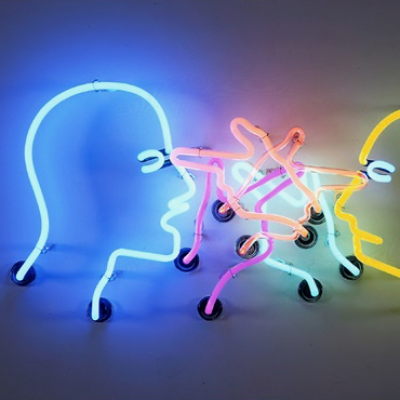He has been honored by the Japanese government for having "contributed to the development of
contemporary art in Japan." This artist also established the
avant-garde group called the "
Mono-ha," or School of Things as it is also known, which is Japan’s first globally recognized movement in
contemporary art.
« I can only achieve an expression that transcends myself when I physically train myself and perceive something that comes outside of my mind. »
Lee Ufan
Probably best known for his
minimalist works of art that highlight the angles between objects, this multifaceted artisan and scholar also depicts the different relationships between objects and their environment. Moreover, this craftsman is also widely regarded for his innovative simplified
Read More
He has been honored by the Japanese government for having "contributed to the development of
contemporary art in Japan." This artist also established the
avant-garde group called the "
Mono-ha," or School of Things as it is also known, which is Japan’s first globally recognized movement in
contemporary art.
« I can only achieve an expression that transcends myself when I physically train myself and perceive something that comes outside of my mind. »
Lee Ufan
Probably best known for his
minimalist works of art that highlight the angles between objects, this multifaceted artisan and scholar also depicts the different relationships between objects and their environment. Moreover, this craftsman is also widely regarded for his innovative simplified paintings, which usually entail one brushstroke. In regards to his interpretation of space and matter, this artist feels these pieces are never done because there is not a state of perfection or completeness. Therefore, they are all merely works in progress. Lee Ufan studied painting for a brief time at Seoul National University, prior to moving to Yokohama, Japan in 1956, where he attended and graduated from Nihon University with a degree in philosophy in 1961. His work continues to be exhibited all over the world and is part of the permanent collection at the Hiroshima City Museum of
Contemporary Art, as well as the Frederik Meijer Gardens & Sculpture Park, which is located in Grand Rapids, Michigan. At 80 years old, he remains devoted to his craft and divides his time between residences in Paris, France and Kamakura, Japan. (
Artist website)
Read Less

















